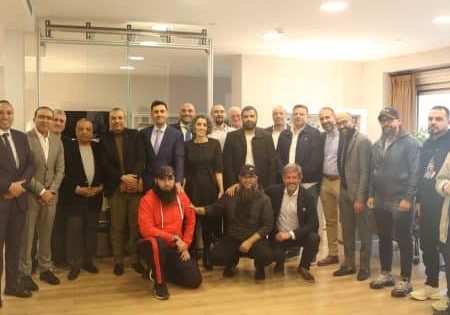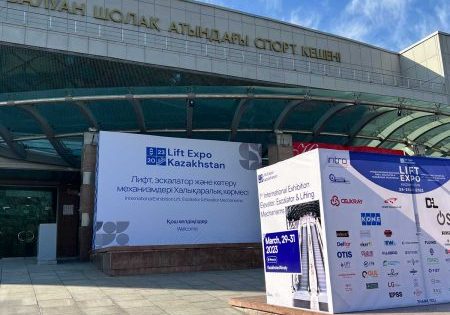EOX Comes to North America
Jun 5, 2023
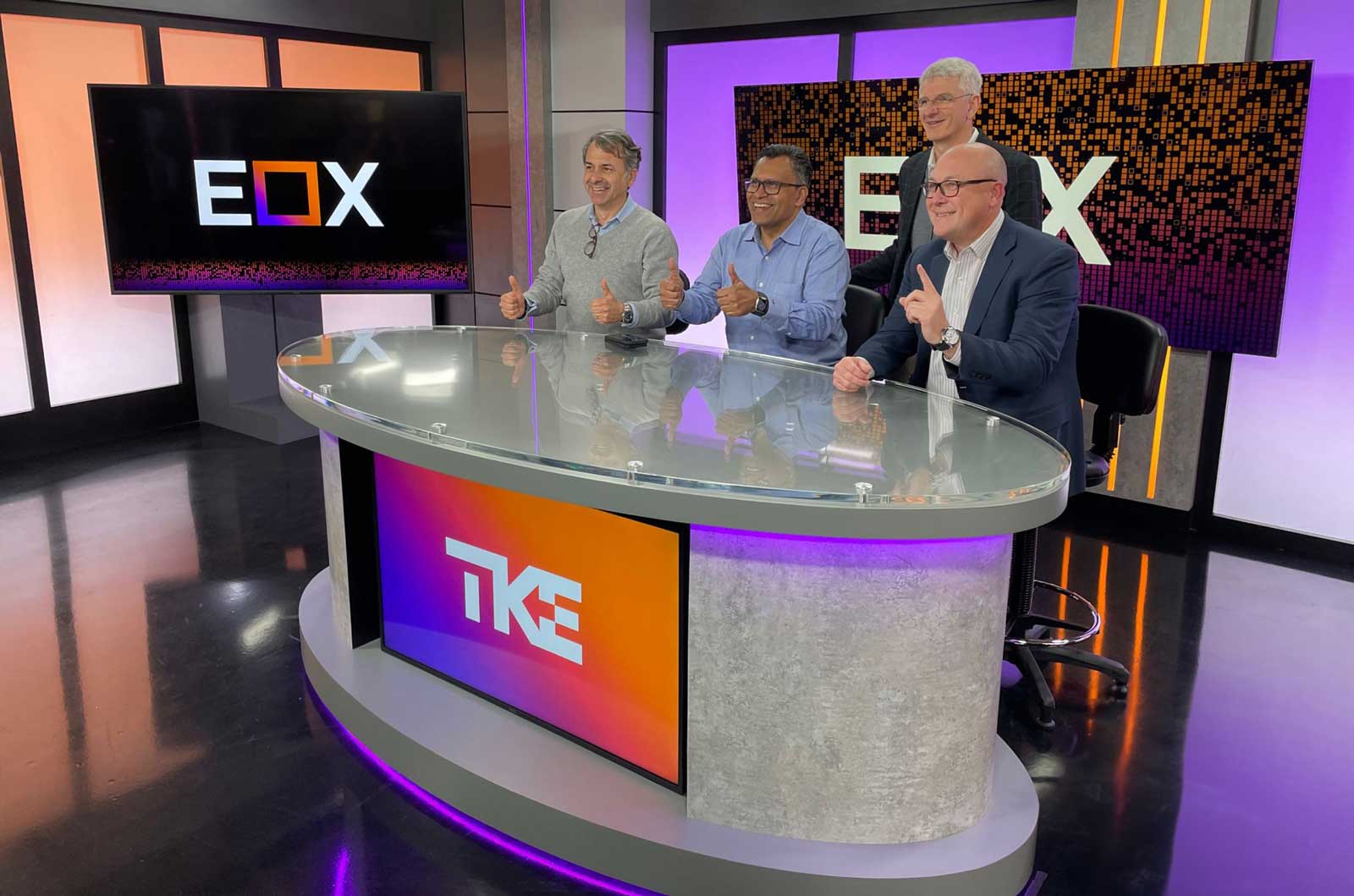
A conversation with TKE NA CEO Jeremy Rainwater
The first week of May was a big one for TK Elevator (TKE). It was then the global OEM launched the energy-efficient, digitally native EOX elevator for low- to mid-rise buildings in North America (NA) following its European launch last year (EOX: Eco-Efficient and Natively Digital). Delivered with TKE’s predictive-maintenance solution, MAX, EOX is “ready to support future technologies like AI and machine learning,” according to the company. During the action-packed week, hundreds of TKE NA employees converged on TKE’s NA headquarters and Innovation and Qualification Center (IQC) at The Battery Atlanta to learn more about EOX, its features and how to sell and service it. Following the public launch on May 9, TKE NA CEO Jeremy Rainwater (JR) took some time to answer a few of your author’s (KW) questions via email.
KW: Tell me about the pre-public launch activities at the IQC.
JR: Over a five-day period, we welcomed more than 300 sales and operations teams and leaders from across the U.S and Canada to a sales launch of our low- to- mid-rise EOX elevator. The event was held at our LEED Gold-certified IQC, which boasts NA’s tallest elevator test tower. The event included hands-on and classroom training, presentations from our subject matter experts and leaders, team-building activities and more. Each attendee was able to tour the facility’s R&D labs and visit our best-in-class service support center ITS (International Technical Support). The release of EOX is a historic event for TKE, and this week was an incredible way to get our teams started.
KW: EOX was launched in Europe late last year. How has the response been, and who are the primary customers?
JR: Europe was the first TKE business unit to launch EOX last October. The response from our customers and partners has been very positive, which tells us we have met the needs of our customers. The first release of EOX targets the low-rise market, which is the biggest-volume market in Europe. Therefore, most customer interest has been from construction companies in this segment that are involved in the construction of mostly residential buildings. Interest has been concentrated in the countries where we initially launched EOX: France, the U.K., Italy and Poland. In addition, many customers have already ordered their first EOX elevators in Spain and Germany, where we began sales activities in the first half of 2023. Rollout is now continuing in other European countries, and we expect positive results in those markets, as well.
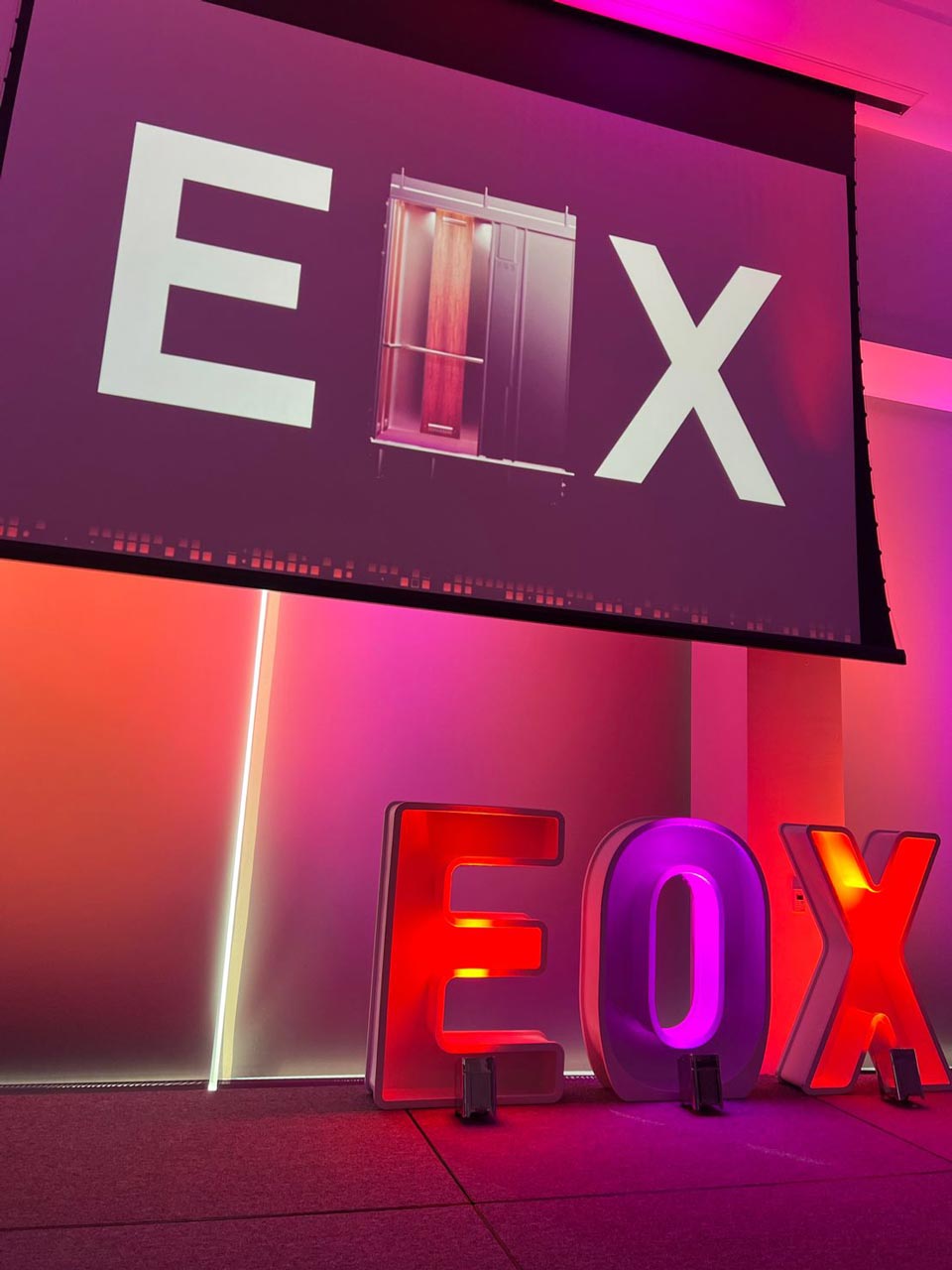
“The first release of EOX targets the low-rise market, which is the biggest-volume market in Europe.”
— TKE NA CEO Jeremy Rainwater
KW: The press release about the NA launch observed that “TKE has answered the call of architects, developers and building owners with a product optimized to fit most budgets and construction timelines, giving them everything they need and more than they expect.” Tell me about the process.
JR: To ensure we were designing an elevator that met market needs, we engaged in a qualitative and quantitative research project, interviewing hundreds of architects and general contractors around the world to gather requirements for EOX. We asked them to force rank and provide guidance on desired features such as digital capabilities, performance, project and timeline requirements, etc. In NA, we arranged multiple focus groups with Building Owners and Managers Association members over 18 months to gather input from developers and building owners. In turn, we utilized this combined feedback in the design and planning process for EOX.
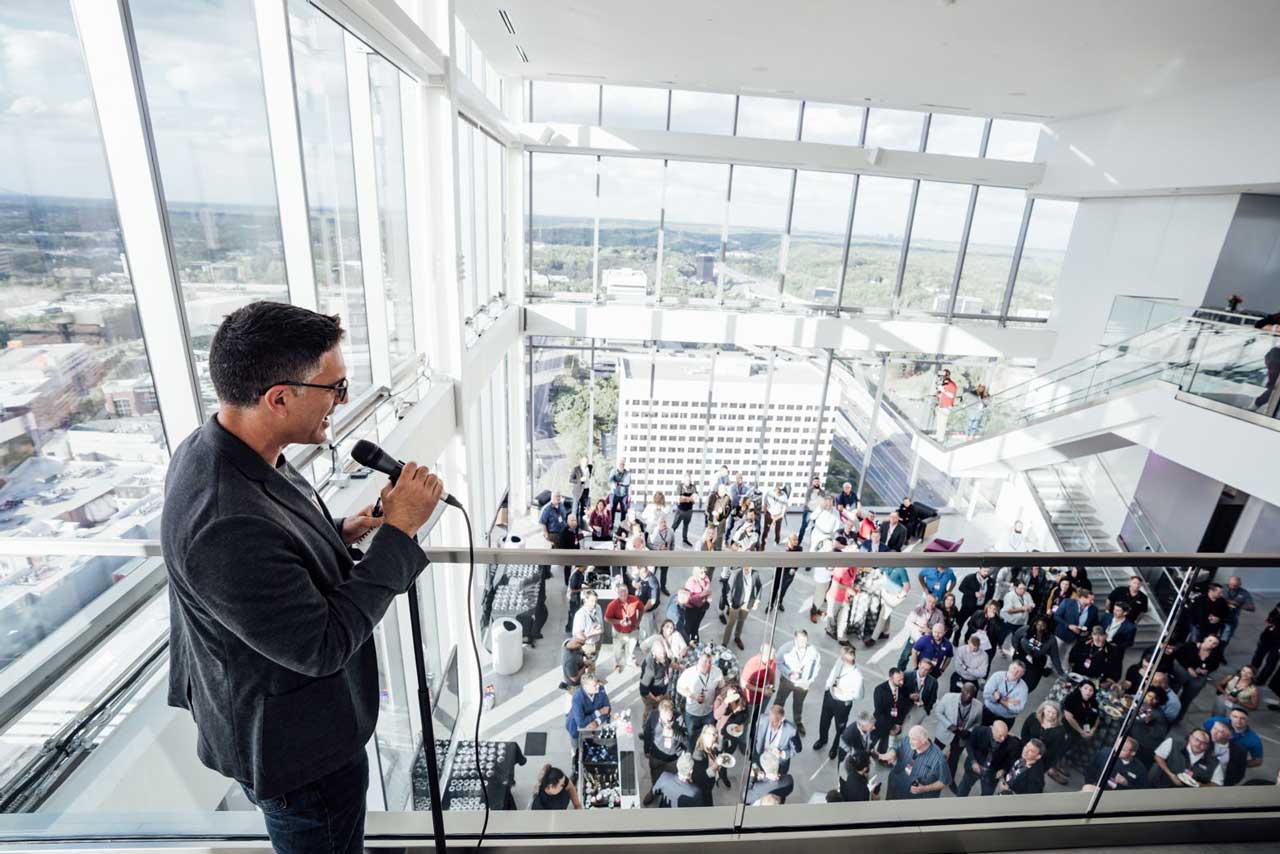
KW: How did the latest elevator codes in NA drive development of EOX?
JR: Safety is a core value at TKE. In NA, we have more than 100 jurisdictions with varying adoption years of the ASME NA elevator codes, along with local regulations. Our teams focused on these and other referenced codes and standards like building codes, electrical codes and accessibility standards. EOX is designed, manufactured and installed with all of those in mind.
KW: When (and where, geographically) can we expect to see the first NA EOX installations?
JR: EOX has been successfully operating in our IQC for several months. Our first customer installations in the U.S. and Canada will happen [this month].
KW: How big of a selling point is the goal to reach net zero for American, South American and Canadian customers? I know it is a big deal in the U.K. and Europe.
JR: Sustainability is a core value at TKE. We have been at the forefront in our industry for years, and have made aggressive commitments both globally and in NA to reduce the impact of our products at every stage of an elevator’s life — from the materials we source to how we manufacture, install and provide service. As a testament to the importance we place on sustainability in NA, we have spent years developing and certifying our products through environmental and health product declarations, as well as life cycle assessments. We are also involved at the founding level with groups like Drawdown Georgia, whose mission is to cut Georgia’s carbon impact by 57% in 2030.
Meeting our own sustainability commitments while supporting our customers to meet net zero is an important goal for TKE. With 40% of emissions coming from buildings, and vertical transportation being a central part of building operations, it is essential that we take our responsibility to the environment seriously. Carbon emissions have become a central way to measure and compare the environmental impact of many products. As a result, our customers are including carbon impact data requirements in bids for projects across NA.
When we planned and designed EOX, it was with a keen focus on eco-efficiency, both through the required energy we reduced (up to 45%) and in the significant decrease in carbon emissions (50%).
Get more of Elevator World. Sign up for our free e-newsletter.





